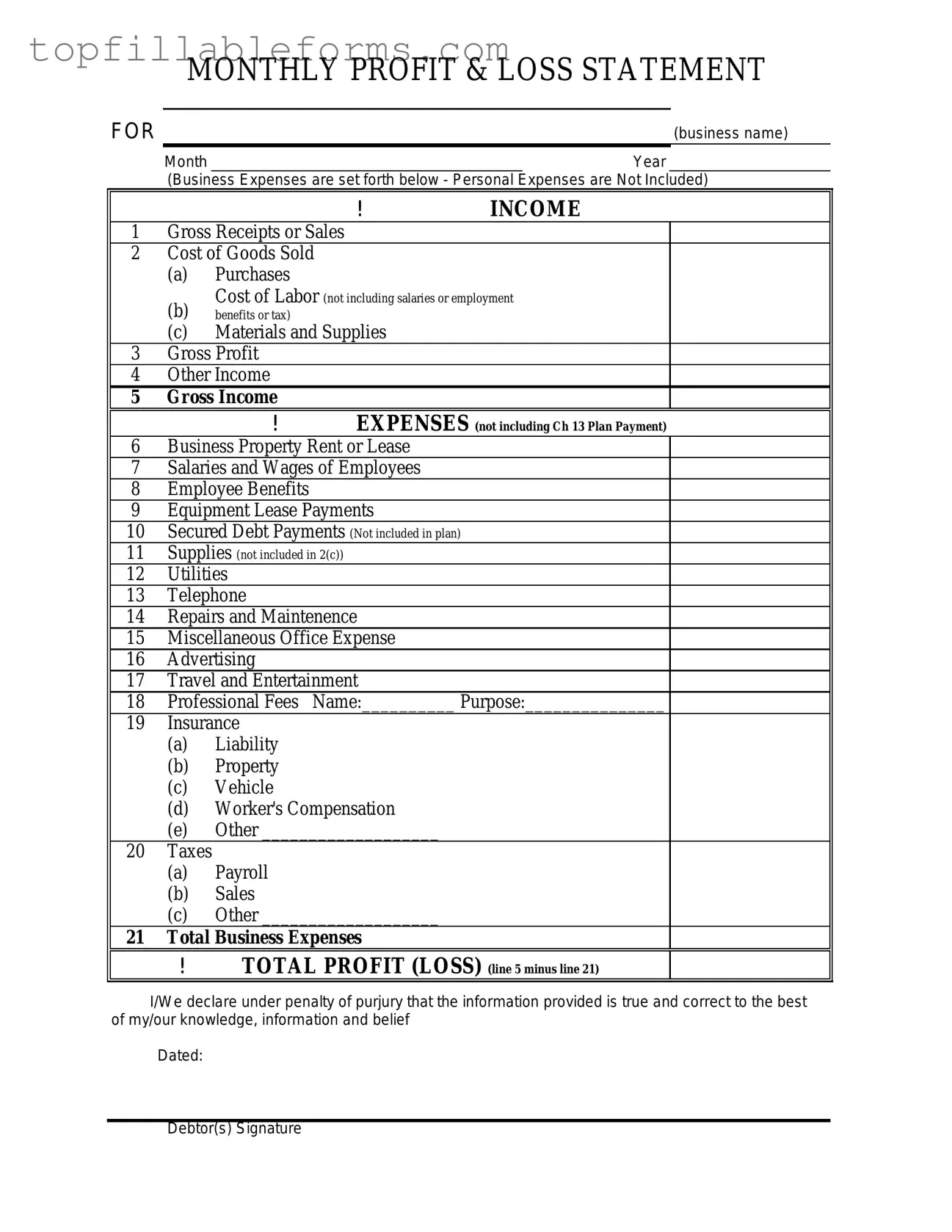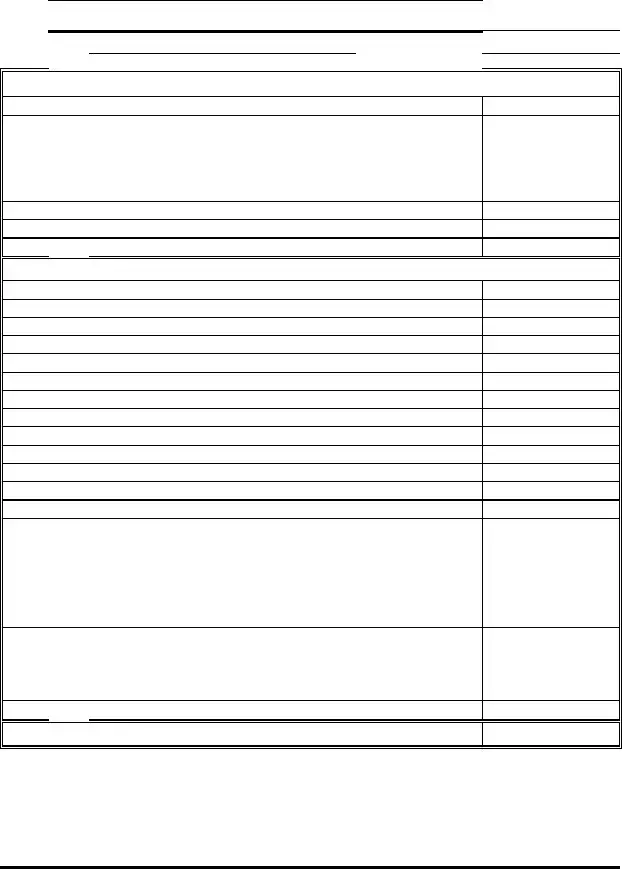Printable Profit And Loss Form in PDF
The Profit and Loss form is a financial statement that summarizes revenues, costs, and expenses incurred during a specific period. This document provides valuable insights into a company's financial performance, helping stakeholders assess profitability. Understanding this form is essential for effective financial management and decision-making.
Open Profit And Loss Editor Here

